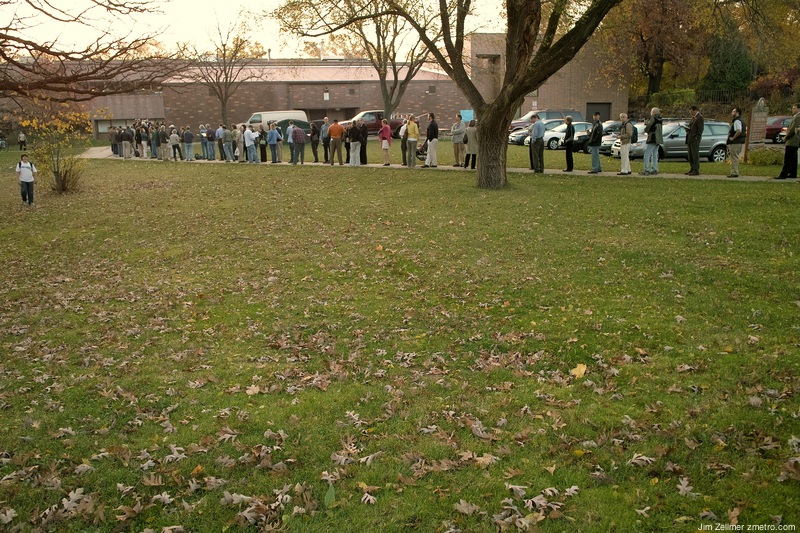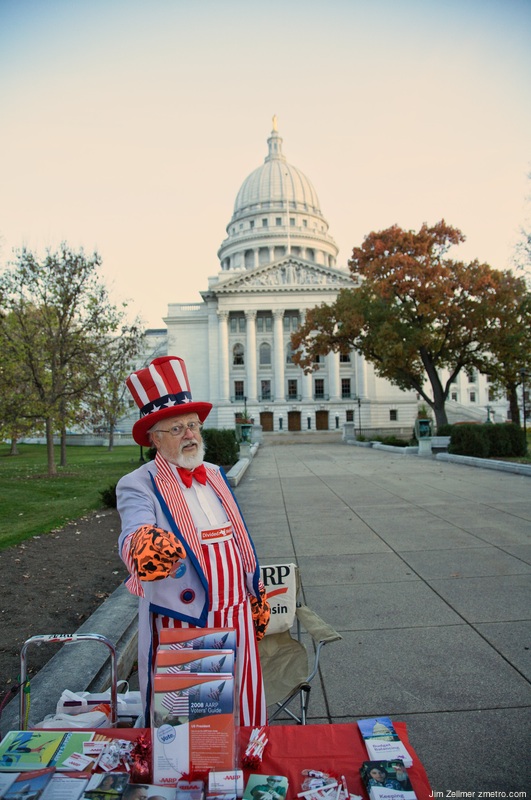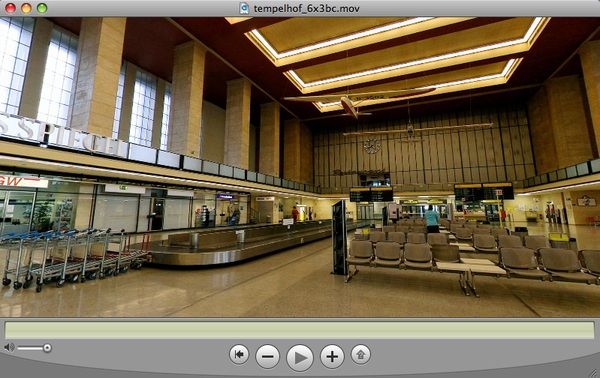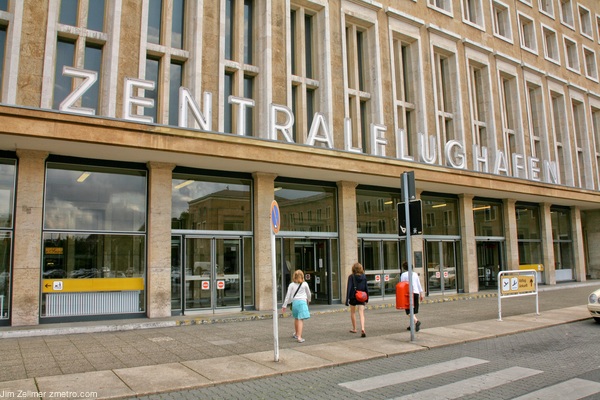For writers who seek to influence public affairs, timing plays a paramount role. And few writers have had better timing than Adolf Augustus Berle.
In the summer of 1932, with America trapped in the greatest financial crisis in its history, Berle published “The Modern Corporation and Private Property,” a scholarly yet readable analysis of America’s largest companies and their managers. Berle is largely forgotten today, yet with that book he succeeded in persuading Americans to see their economic system in a new way — and helped set the stage for the most fundamental realignment of power since abolition.
The stock market had plunged vertiginously three years earlier, and by 1932 Americans were desperate to reverse the much wider collapse that had ensued — and to make sure it wouldn’t happen again. The New Republic was soon hailing “The Modern Corporation” as the book of the year, while The New York Herald Tribune pronounced it “the most important work bearing on American statecraft” since the Federalist Papers. Louis Brandeis would cite its arguments in a major Supreme Court ruling on corporate power. Running for president, Franklin Delano Roosevelt recruited Berle — a Republican Wall Street lawyer who had supported Hoover — to join his “brain trust,” and that fall entrusted him with drafting what became the most important speech of the campaign. After the election, Berle remained in New York, yet his connection to the president he audaciously addressed as “Dear Caesar” was such that Time would characterize “The Modern Corporation” as “the economic bible of the Roosevelt administration.”
Fascinating.





